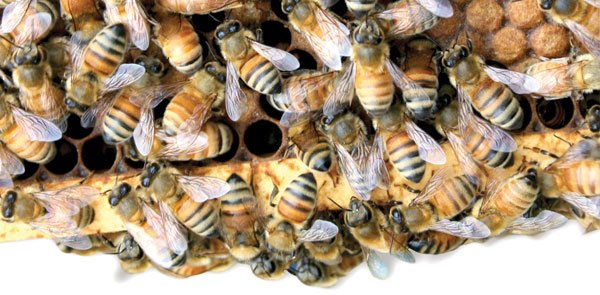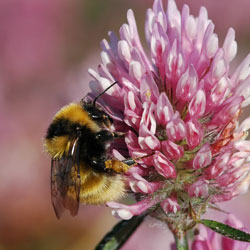 BASC is asking shoots to help beekeepers for the benefit of bees, the countryside and shoots
BASC is asking shoots to help beekeepers for the benefit of bees, the countryside and shoots
Bees are essential to the wellbeing of the environment. Without bees and other pollinators, plants struggle to reproduce. Providing reliable supplies of pollen for insects to feed on is essential, and the habitats created on shoots are well suited to help bees and other pollinating insects, which makes them ideal habitat for game birds.
£250 million is spent on conservation by shoot providers every year. This includes planting cover crops which provide year-round food and cover not only for game species but also for other wildlife and insects in particular.
In the UK, honeybee numbers have fallen by around 30 per cent in recent years and a similar trend is seen worldwide. It is suspected that this is largely due to loss of suitable habitat, pests and disease.
Shoots can help bees by working with the farming community in many ways. For example:
- Selecting nectar-rich plan species in wild bird covers
- Planting field margins with wild-flower seeds
- Allowing beekeepers to place hives on the shoot
- Seeking out the best options for game and wildlife in agri-environment schemes
- Avoid using insecticides on headland areas
Jane Moseley, from the British Beekeepers’ Association (BBKA) said: “It is imperative that we plant with honeybees in mind; their lifecycle requires the earliest forage sources from January right through until October. In doing so, we will not only help each colony to survive, we will also create a wide range of habitat which in turn will improve biodiversity and forage for other insects and mammals, providing good cover for game birds, and enabling all to thrive.”
Another way of supporting bees is allowing beekeepers to use land on your shoot. Amanda Anderson, director of The Moorland Association said; “The wonderful purple blanket of heather flower found in August on moorlands managed for red grouse is a big draw for beekeepers. Heather bloom offers a very late source of nectar helping the bees survive the winter and boosting egg production. Beekeepers will travel long distances to set up their hives with permission from local moorland gamekeepers. Many shoots sell the heather honey creating another unique moorland product alongside wild red grouse.”
Martin Smith, former president of the BBKA, said: “Bees benefit from the abundant heather flowers found on grouse moors but also improve the set of the heather seed by pollinating it rather than leaving it to the wind.”
Ian Danby, BASC head of biodiversity projects, said “Shooting actively manages over two million hectares of land for conservation in the UK. The creation and management of moorland, woodland, hedgerows and wild bird covers are just some of the habitats shooting improves, which provide just what is required for insect life, especially pollinators, to thrive. In addition, as shooting occurs across two thirds of the rural landscape, this benefit is not restricted just to certain areas but provides benefits for insect life throughout the UK.”
Almost two million hectares of land are actively managed for conservation as a result of shooting. It is relatively easy to make your shooting land more productive, for both game birds and pollinators.
You can read the full article from the BASC magazine here:
http://0ld.basc.org.uk/conservation/green-shoots/plight-of-the-humblebee/
For further information on beekeeping: http://www.bbka.org.uk/
Simon Clarke
Head of Press
